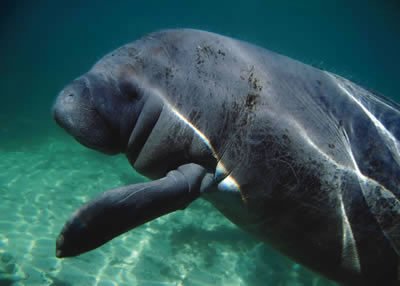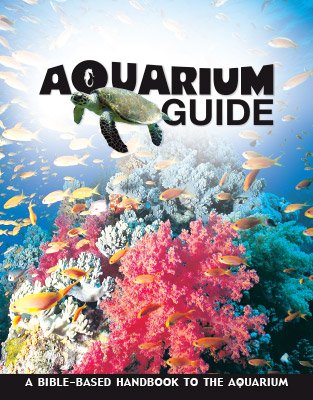Manatee
The manatee is a large creature with two fore-flippers and one rear flipper that acts as a rudder when it swims. The manatee is often referred to as the sea cow.

Design
The manatee has an incredible immune system. It is able to heal after great injury, even injuries caused by boats. The manatee has a very sensitive pattern of whiskers on its snout for sensing its food supply in the dark, murky waters where it sometimes frequents.
Features
- The manatee is a large creature with two fore-flippers and one rear flipper that acts as a rudder when it swims. The up and down motion of its tail helps arch the manatee’s back and raise its nostrils to the surface for breathing.
Fun Facts
- The manatee is often referred to as the sea cow.
- The manatee has no incisors. It only has molars, which are used for grinding vegetation. These molars are sometimes called “marching teeth” because they move forward, are worn down, and are continually being replaced.
- A manatee can weigh between 60 and 70 lbs (27–32 kg) at birth.
- The manatee is the largest of all freshwater animals.
- Manatees communicate with a wide range of sounds, especially between cows and their calves.
- The manatee is a vegetarian and can eat 10-15% of its body weight in food per day.
CLASS: Mammalia (mammal)
ORDER: Sirenia (mammals living in water)
FAMILY: Trichechidae (manatees)
GENUS/SPECIES: Trichechus inunguis (Amazonian); T. senegalensis (West
African), and T. manatus (West Indian)
Size: Average 10 ft (3 m)
Weight: 900–1,200 lbs (410–545 kg)
Diet: Plants
Habitat: Aquatic, in sub-tropical and tropical areas
Aquarium Guide
With fun facts about more than 100 animals, this long-awaited Aquarium Guide includes beautiful pictures and reveals the incredible facts and design features that point to our amazing Creator. This handy size guide is excellent for school field trips and family trips to your favorite aquarium!
Browse Kids Book- © 2024 Answers in Genesis
- Privacy Policy
- Contact
- About

